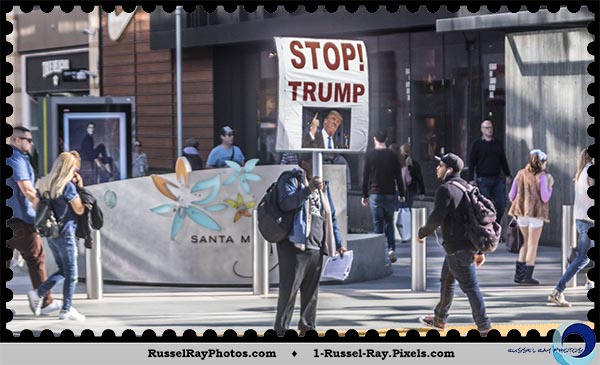
I always have done a lot of reading. People have always asked me how I had so much time for reading. I call it multitasking.
When I was in college at Texas A&M University, the lines were long for football tickets, Aggie rings (called “senior rings” at other schools), and the Aggieland (called “yearbooks” at other schools). I learned to take a book or magazine with me to read while waiting in line. Most of the time it was a textbook back then—priorities, you know.
In today’s world, magazines pretty much don’t exist anymore, so Books R Us. I’m usually reading two concurrently, a history book and a fiction book (Stephen King, Lee Child, Lincoln Child, etc.).
The history book I’m reading right now is a history of the area where I currently live: Our Hills and Valleys: A History of the Helix-Spring Valley Region by Thomas Joseph Adema. Here are some tidbits, excerpts, and thoughts:
Picture it. Early 1930s.
Great Depression. You are barely surviving.
You own four acres of land. Your property tax bill arrives.
$1,200. Four times what the land and home are worth.
What are you going to do? Why, stop paying taxes, of course. The Mattoon Act will take care of you.
Must have been the greatest law ever, right? Can’t pay your property taxes? Fall back on The Mattoon Act.
 The Acquisition and Improvement Act, its proper name, was passed by the California legislature in May 1925. The bill was intended to streamline the process for, and provide funding for, the construction of needed public works—paved streets, lighting, bridges, reservoirs, better and more reliable water delivery.
The Acquisition and Improvement Act, its proper name, was passed by the California legislature in May 1925. The bill was intended to streamline the process for, and provide funding for, the construction of needed public works—paved streets, lighting, bridges, reservoirs, better and more reliable water delivery.
Property condemnation was quicker and easier. Community authorities had the power to create “improvement districts” that crossed city and county lines. Thus, if a new sewer line was needed, the areas benefiting were designated “improvement areas.” Bonds were sold to fund the construction, and landowners in the improvement district would pay off the bonds with a yearly ad valorem tax.
Real estate developers loved the law. They used public funds to install street lamps, build parks, and widen and pave roads in their newly subdivided neighborhoods. City councils and utility companies also loved it.
Homeowners initially liked the law because their neighborhoods were improved, but they had no choice about which improvement districts they were thrown into. It was entirely possible that if you lived at the boundary of three cities, you could be in three improvement districts.
 As an example, I live at the corner of the boundaries for La Mesa, Lemon Grove, and Spring Valley. Imagine all of them putting me in their improvement districts and taxing me for anything and everything from which I might benefit as a member of the public. Then throw in that suddenly I am unemployed and the nation is in the midst of a Great Depression. Sunk, I would be.
As an example, I live at the corner of the boundaries for La Mesa, Lemon Grove, and Spring Valley. Imagine all of them putting me in their improvement districts and taxing me for anything and everything from which I might benefit as a member of the public. Then throw in that suddenly I am unemployed and the nation is in the midst of a Great Depression. Sunk, I would be.
Then the tax bills started arriving.
The killer provision in The Mattoon Act said what would happen if one could not pay one’s taxes: The rest of the members of the improvement district would have to pay them.
So if Johnny could not pay his taxes, no big deal.
Back in the days of The Mattoon Act, Spring Valley had ten households. When Johnny could not pay his $1,200 tax bill in 1927, his tax bill was split between the other nine households.
Joe, after paying his $1,200 tax bill, suddenly got another tax bill for $133.33, his share of Johnny’s bill. Joe couldn’t pay the additional $133.33, so his tax bill was split between the other eight households.
Mary, after paying her $1,200 and her $133.33 share of Joe’s bill, now got yet another tax bill for $16.66. On and on it went.
 Homes were lost to foreclosure for failure to pay taxes, or tax liens were placed on their homes, making it impossible to sell the property. Homes fell into disrepair, making them even more difficult to sell.
Homes were lost to foreclosure for failure to pay taxes, or tax liens were placed on their homes, making it impossible to sell the property. Homes fell into disrepair, making them even more difficult to sell.
It didn’t take long before the population rebelled, and The Mattoon Act was repealed in 1931. The damage had been done to many people and many cities and for many years to come. People lost their land and homes but there was no one to buy them so the cities were left with land but no money to pay the bonds on the projects they already had completed. Oh what a tangled web….
In 1935, the United States Supreme Court ruled that The Mattoon Act had been legal, so cities and taxpayers still had to pay the debts which had incurred. It took several years before cities and taxpayers were tax free.
Targeted relief plans were passed, including a gas tax to pay off road bonds. Landowners were given final sums that they could settle with cash. In the case of Johnny, whose home had been foreclosed back in 1927, he got his home back by paying $250 to settle the tax bill.


This post approved by


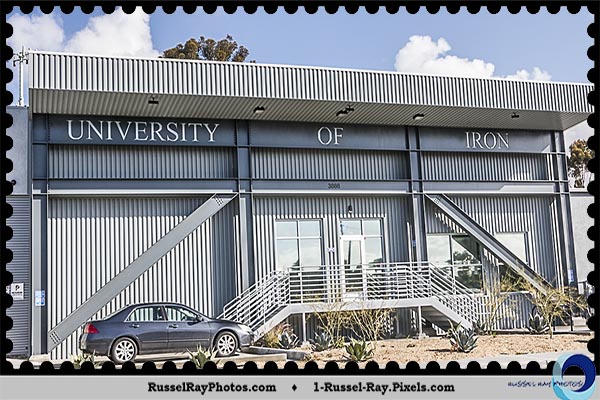
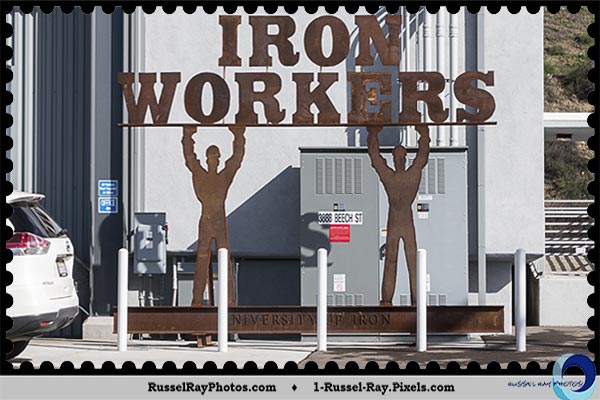









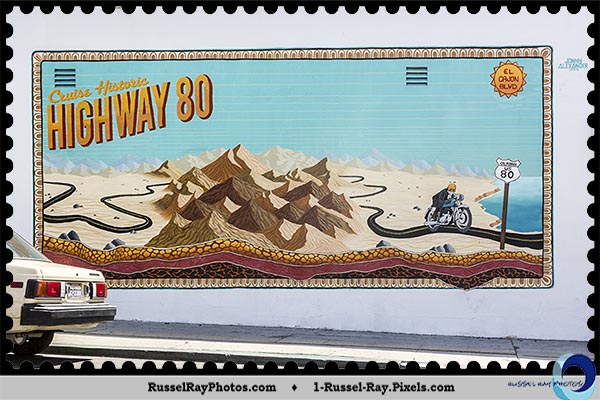
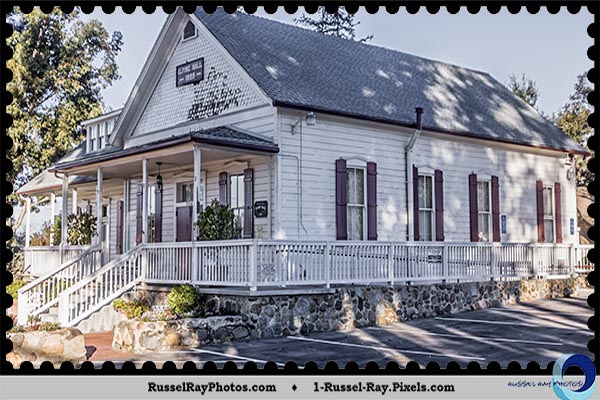
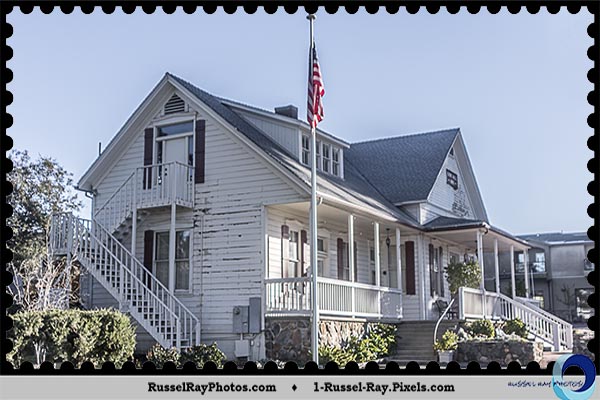
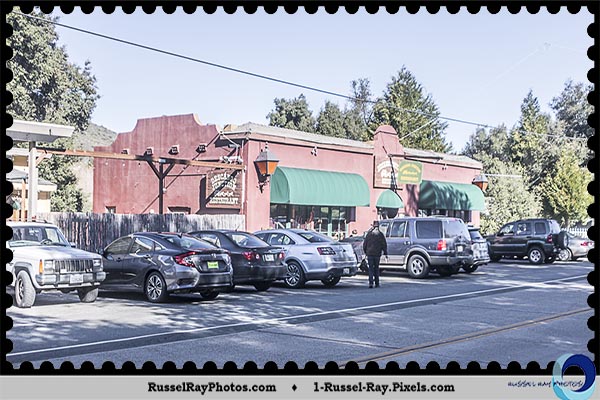
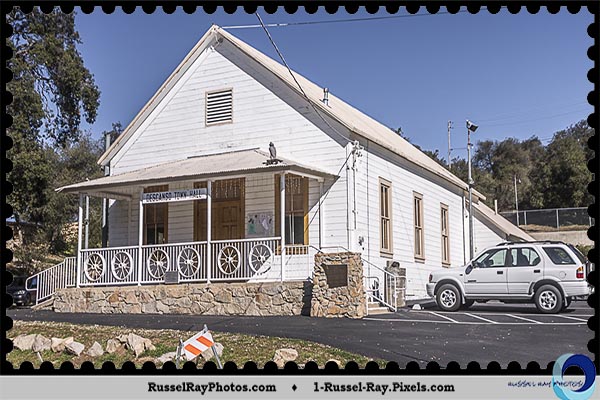
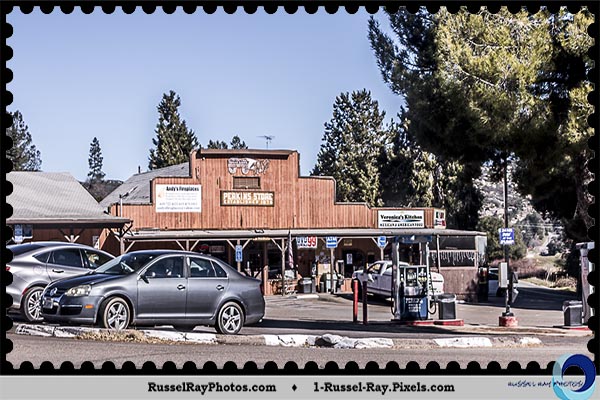
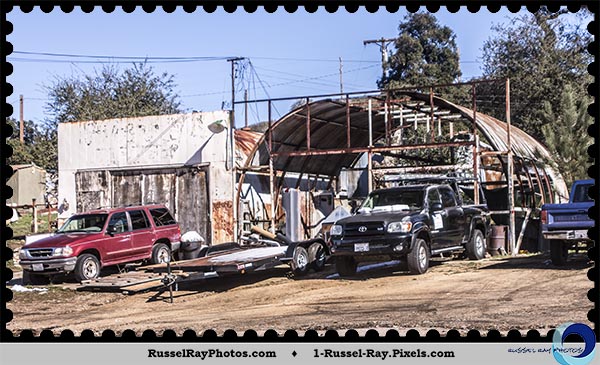
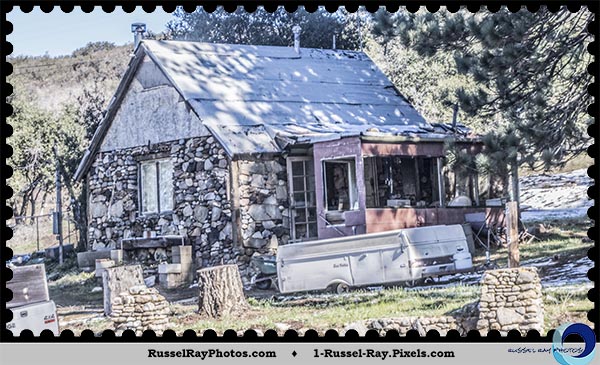
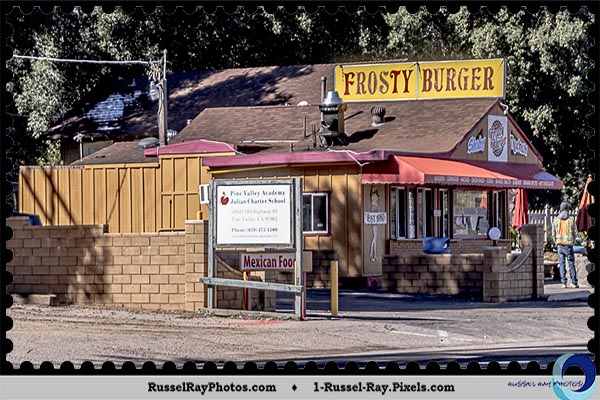
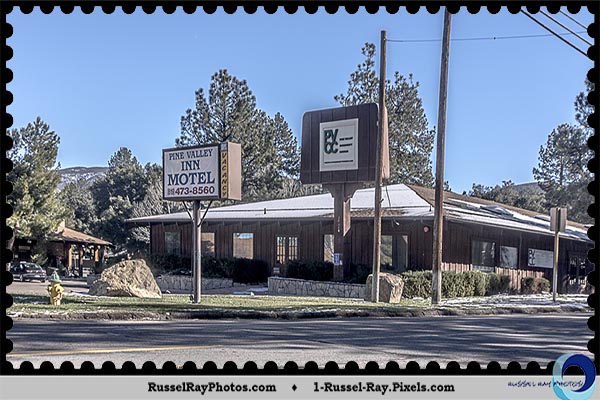

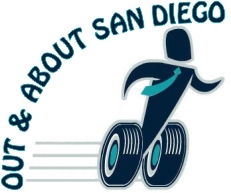
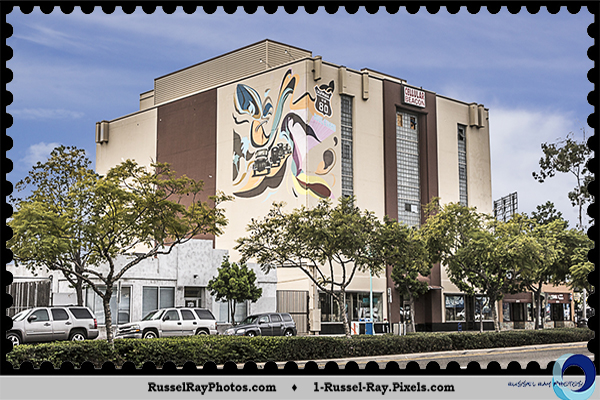



 The Acquisition and Improvement Act, its proper name, was passed by the California legislature in May 1925. The bill was intended to streamline the process for, and provide funding for, the construction of needed public works—paved streets, lighting, bridges, reservoirs, better and more reliable water delivery.
The Acquisition and Improvement Act, its proper name, was passed by the California legislature in May 1925. The bill was intended to streamline the process for, and provide funding for, the construction of needed public works—paved streets, lighting, bridges, reservoirs, better and more reliable water delivery. As an example, I live at the corner of the boundaries for La Mesa, Lemon Grove, and Spring Valley. Imagine all of them putting me in their improvement districts and taxing me for anything and everything from which I might benefit as a member of the public. Then throw in that suddenly I am unemployed and the nation is in the midst of a Great Depression. Sunk, I would be.
As an example, I live at the corner of the boundaries for La Mesa, Lemon Grove, and Spring Valley. Imagine all of them putting me in their improvement districts and taxing me for anything and everything from which I might benefit as a member of the public. Then throw in that suddenly I am unemployed and the nation is in the midst of a Great Depression. Sunk, I would be. Homes were lost to foreclosure for failure to pay taxes, or tax liens were placed on their homes, making it impossible to sell the property. Homes fell into disrepair, making them even more difficult to sell.
Homes were lost to foreclosure for failure to pay taxes, or tax liens were placed on their homes, making it impossible to sell the property. Homes fell into disrepair, making them even more difficult to sell.




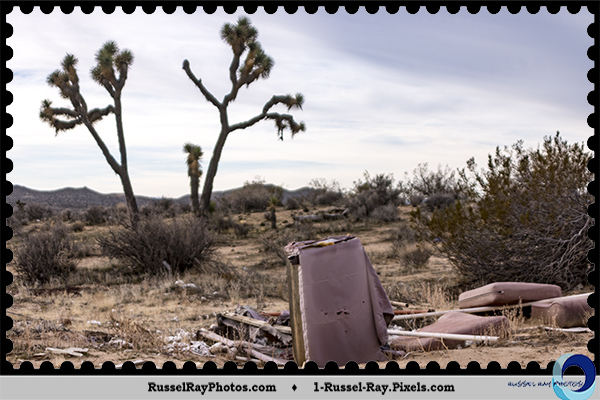
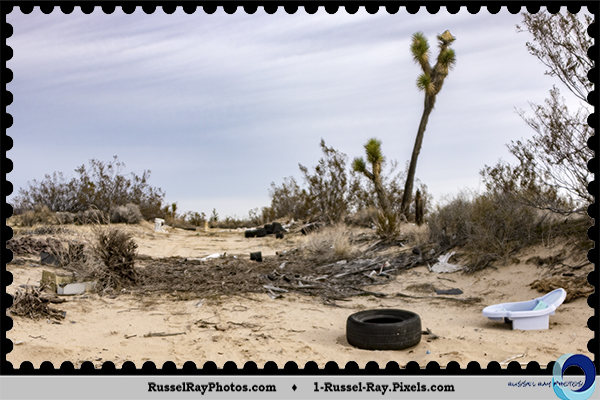
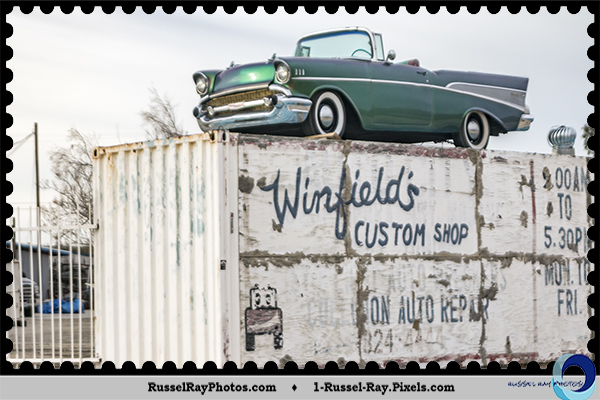


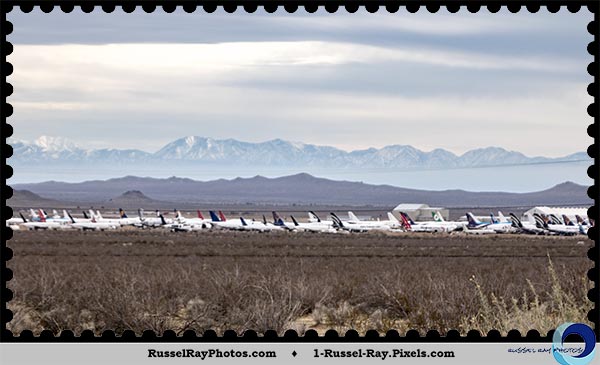



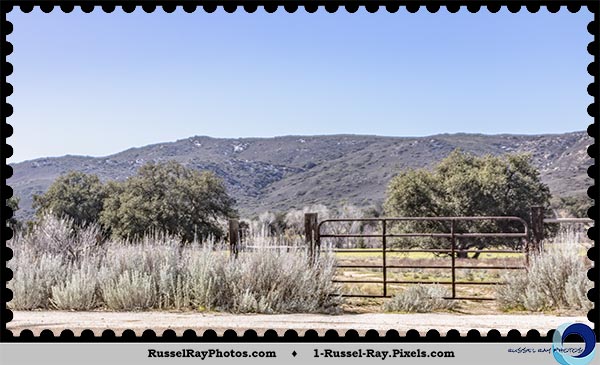
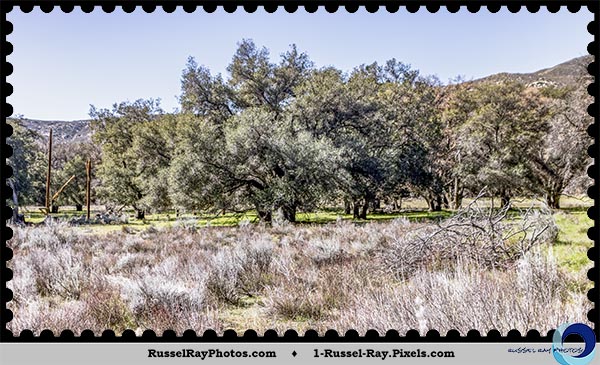
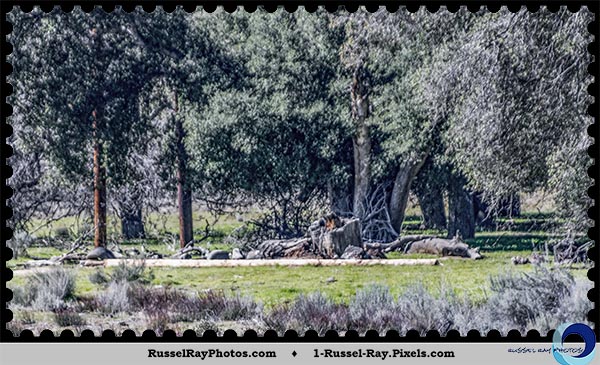
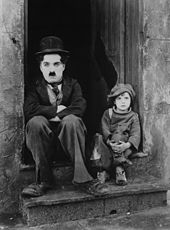 Picture from Wikipedia
Picture from Wikipedia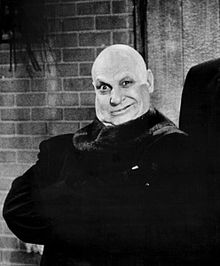 Picture from Wikipedia
Picture from Wikipedia


 The citizens of Colton supported SP, but SP had bypassed nearby San Bernardino, leaving its residents upset. Railroads at that time could make or break a community. San Bernardino hoped that the California Southern line would put their city back on the map.
The citizens of Colton supported SP, but SP had bypassed nearby San Bernardino, leaving its residents upset. Railroads at that time could make or break a community. San Bernardino hoped that the California Southern line would put their city back on the map.







